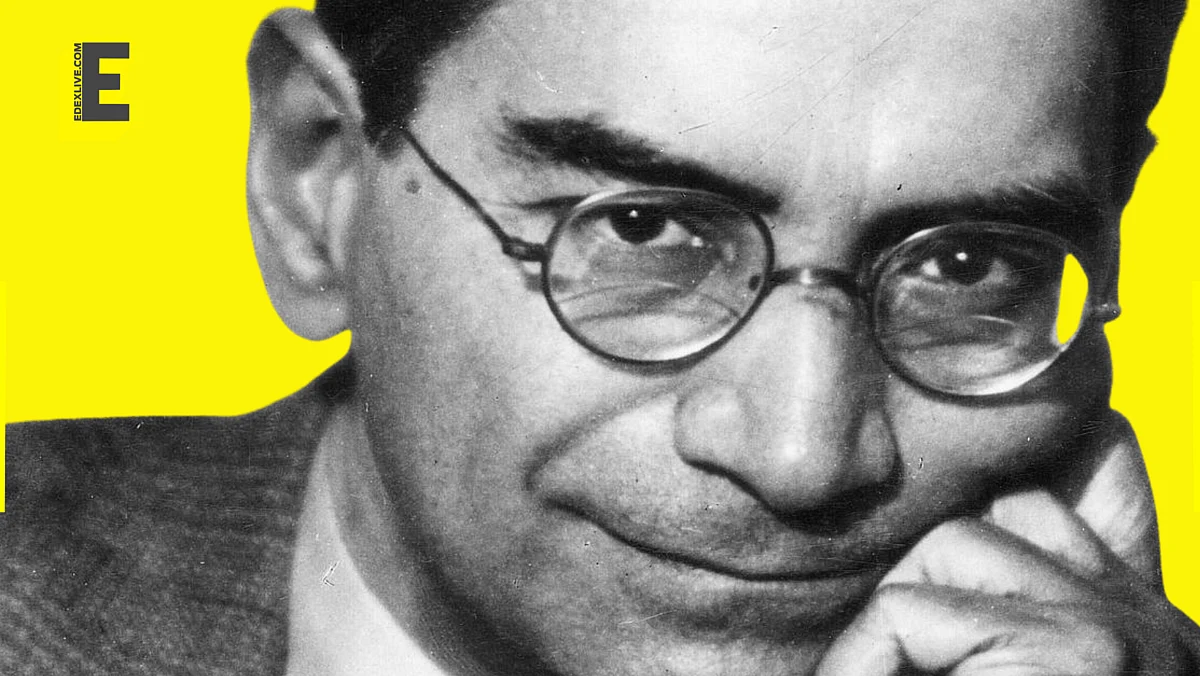Science
Prasanta Chandra Mahalanobis: The Architect of Modern Statistics

Prasanta Chandra Mahalanobis (1893–1972), a pioneering statistician, profoundly influenced modern India’s statistical landscape. Born on June 29, 1893, in Calcutta (now Kolkata), Mahalanobis emerged from an educated Bengali family in Dhaka, Bengal Presidency, now part of Bangladesh. His early education at Brahmo Boys School laid the foundation for a remarkable academic journey, which included studying physics at Presidency College, Calcutta, under esteemed figures such as Jagadish Chandra Bose and Prafulla Chandra.
Mahalanobis’s academic pursuits took him to Cambridge University, where he began his studies in physics. A pivotal moment occurred when he encountered the journal Biometrika, established by Karl Pearson, Francis Galton, and Raphael Weldon in 1901. This encounter sparked his enduring passion for statistics, leading him to establish the Indian Statistical Institute (ISI) in Calcutta in 1931. Under his leadership, the ISI evolved into a globally recognised centre for statistical research and training, marking a significant step in institutionalising statistics in India.
Foundational Contributions to Statistics
In 1933, Mahalanobis founded Sankhyā, a journal that gained international acclaim for advancing statistical theory and its applications. His introduction of the Mahalanobis distance in 1936 provided a groundbreaking multivariate measure to quantify the distance between a point and a distribution. This innovative tool has had far-reaching implications across various fields, including multivariate analysis, pattern recognition, and machine learning, influencing applications from genetics to artificial intelligence.
Mahalanobis was a strong proponent of large-scale sample surveys, advocating for them as a cost-effective and scientifically robust alternative to complete enumeration. His influence led to the establishment of one of the world’s largest coordinated survey systems in India. He played a crucial role in founding the National Sample Survey (NSS) in 1950 and the Central Statistical Organisation (CSO) in 1951, both of which became foundational elements of India’s official statistical framework.
His vision extended beyond statistics into economic policy. As a member of the Planning Commission of India in 1955, Mahalanobis significantly influenced the Second Five-Year Plan (1956–1961). He introduced the Feldman–Mahalanobis model, which emphasised rapid industrialisation through investments in heavy and capital goods industries. While debated, this strategy played a vital role in shaping India’s economic trajectory in the years following independence.
Global Recognition and Lasting Legacy
Mahalanobis’s influence extended internationally, particularly through his work with the United Nations Sub-Commission on Sampling from 1947 to 1951, where he shaped global standards in survey design. His contributions earned him notable recognition, including his election as a Fellow of the Royal Society (FRS) in 1945 and the Padma Vibhushan, India’s second-highest civilian honour, in 1968.
Prasanta Chandra Mahalanobis passed away on June 28, 1972, in Calcutta, just one day short of his 79th birthday. His legacy continues to be celebrated in India on June 29, recognised as “Statistics Day,” a tribute to the role of statistics in socio-economic development. Mahalanobis’s ability to blend intellectual rigour with practical applications has solidified his status as a towering figure in the realms of modern statistics, institution-building, and national planning.
-

 World5 months ago
World5 months agoSBI Announces QIP Floor Price at ₹811.05 Per Share
-

 Lifestyle5 months ago
Lifestyle5 months agoCept Unveils ₹3.1 Crore Urban Mobility Plan for Sustainable Growth
-

 Science4 months ago
Science4 months agoNew Blood Group Discovered in South Indian Woman at Rotary Centre
-

 World5 months ago
World5 months agoTorrential Rains Cause Flash Flooding in New York and New Jersey
-

 Top Stories5 months ago
Top Stories5 months agoKonkani Cultural Organisation to Host Pearl Jubilee in Abu Dhabi
-

 Sports4 months ago
Sports4 months agoBroad Advocates for Bowling Change Ahead of Final Test Against India
-

 Science5 months ago
Science5 months agoNothing Headphone 1 Review: A Bold Contender in Audio Design
-

 Top Stories5 months ago
Top Stories5 months agoAir India Crash Investigation Highlights Boeing Fuel Switch Concerns
-

 Business5 months ago
Business5 months agoIndian Stock Market Rebounds: Sensex and Nifty Rise After Four-Day Decline
-

 Sports4 months ago
Sports4 months agoCristian Totti Retires at 19: Pressure of Fame Takes Toll
-

 Politics5 months ago
Politics5 months agoAbandoned Doberman Finds New Home After Journey to Prague
-

 Top Stories5 months ago
Top Stories5 months agoPatna Bank Manager Abhishek Varun Found Dead in Well









